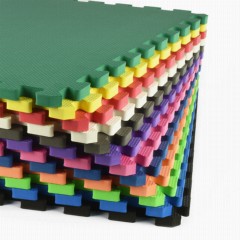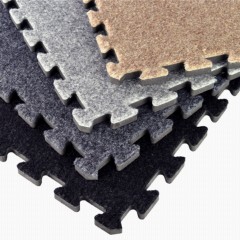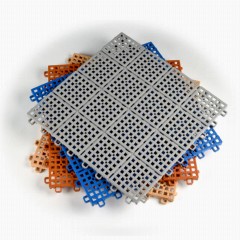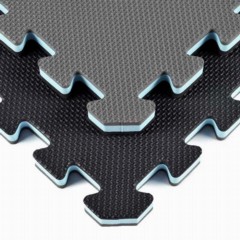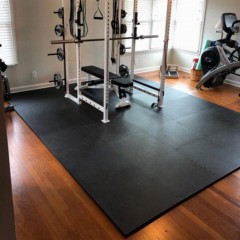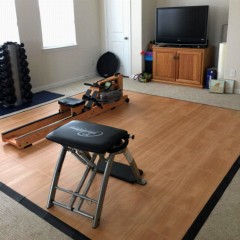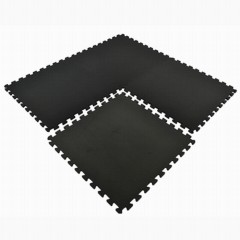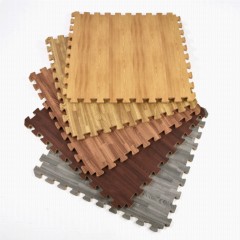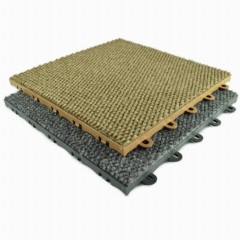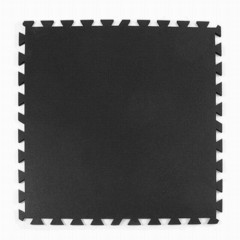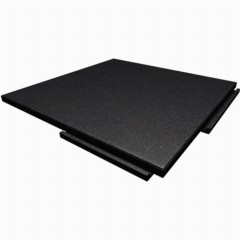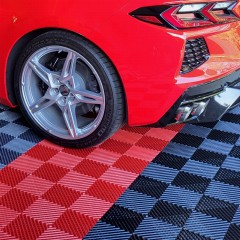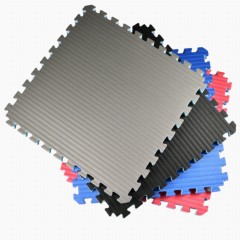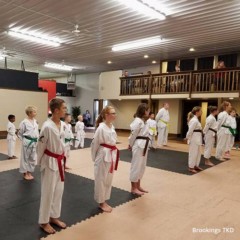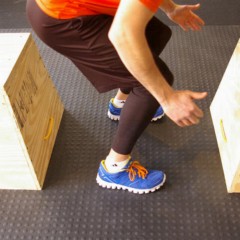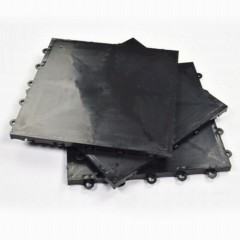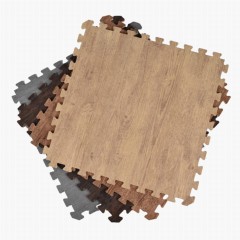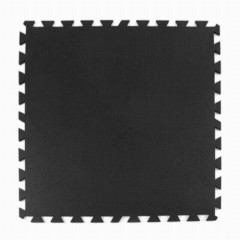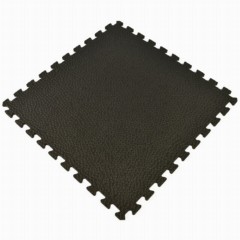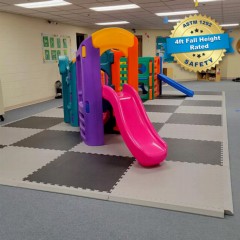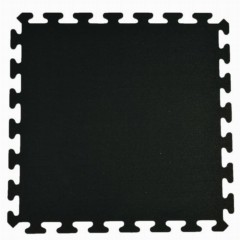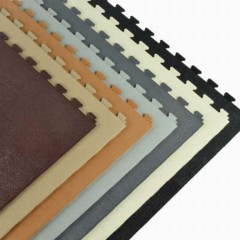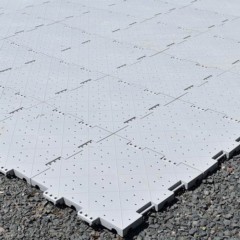Interlocking Floor Mats & Tiles
-
$574 /Tile You Save 39%$1.48/sqftShips Out in 1-3 Working Days Free ShippingShop
-
$1074 /Tile You Save 36%$2.77/sqftShips Out in 1-3 Working Days Free ShippingShop
-
$349 /Tile You Save 46%$3.79/sqftShips Out in 1-3 Working Days Free ShippingShop
-
$710 /Tile You Save 46%$1.83/sqftShips Out in 1-3 Working DaysShop
-
$774 /Tile You Save 34%$1.99/sqftShips Out in 1-3 Working DaysShop
-
$698 /Tile You Save 32%$6.98/sqftShips Out in 1-3 Working DaysShop
-
$724 /Tile You Save 28%$1.87/sqftShips Out in 1-3 Working Days Free ShippingShop
-
$724 /Tile You Save 32%$1.87/sqftShips Out in 1-3 Working Days Free ShippingShop
-

-
$695 /Tile You Save 20%$6.81/sqftShop
-
$2229 /Tile You Save 19%$2.70/sqftShop
-
$3024 /Tile You Save 20%$7.56/sqftShips Out in 7-10 Working Days SustainableShop
-
$239 /Tile You Save 48%$2.34/sqftShips Out in 1-3 Working Days Free ShippingShop
-
$1249 /Tile You Save 37%$3.22/sqftShips Out in 1-3 Working DaysShop
-
$2295 /Tile You Save 20%$2.13/sqftShips Out in 1-3 Working DaysShop
-
$398 /Tile You Save 17%$3.98/sqftShips Out in 1-3 Working Days SustainableShop
-
$274 /Tile You Save 48%$2.69/sqftShips Out in 1-3 Working DaysShop
-
$649 /Tile You Save 24%$1.67/sqftShips Out in 1-3 Working Days Free ShippingShop
-
$3064 /Tile You Save 19%$3.71/sqftShop
-
$524 /Tile You Save 46%$1.35/sqftShips Out in 1-3 Working Days Free ShippingShop
-
$3289 /Tile You Save 21%$3.05/sqftShips Out in 1-3 Working DaysShop
-
$1198 /Tile You Save 23%$3.09/sqftShips Out in 1-3 Working Days SustainableShop
-
$6966 /Carton You Save 20%$4.22/sqftShips Out in 11-14 Working DaysShop
-
$299 /Tile You Save 22%$2.99/sqftShips Out in 1-3 Working DaysShop
Types of Interlocking Floor Mats
Interlocking floor mats from Greatmats deliver a professional look while remaining easy enough to use for a DIY project. We offer multiple materials in these floor tiles and mats, which gives you a range of potential usages.
Interlocking Mats & Tiles
Interlocking floor mats can fill a number of use cases because of the wide range of designs from which you can choose. Multiple colors and textures help you develop the exact kind of look you want to see in the room. Pick among:- Bright colors
- Safe and durable
- Carpet texture
- Perforated design
- Pebble texture
- Simulated wood grain
- Smooth rubber interlocking tiles
Materials
With a wide range of materials available, it’s easy to select the perfect interlocking floor mat or tile for your particular needs.Interlocking rubber floor mats have significant durability, but they’re typically limited to black colors. EVA foam tiles are cushioned, while PVC plastic and carpet provide good durability and some cushioning.
Use Cases
Interlocking rubber tiles are ideal in a garage gym space with free weights or exercise machines. They also work well in commercial gyms.Foam, carpet, and PVC plastic tiles work well for residential use, providing a stylish design. Interlocking PVC tiles are also popular for industrial use.




